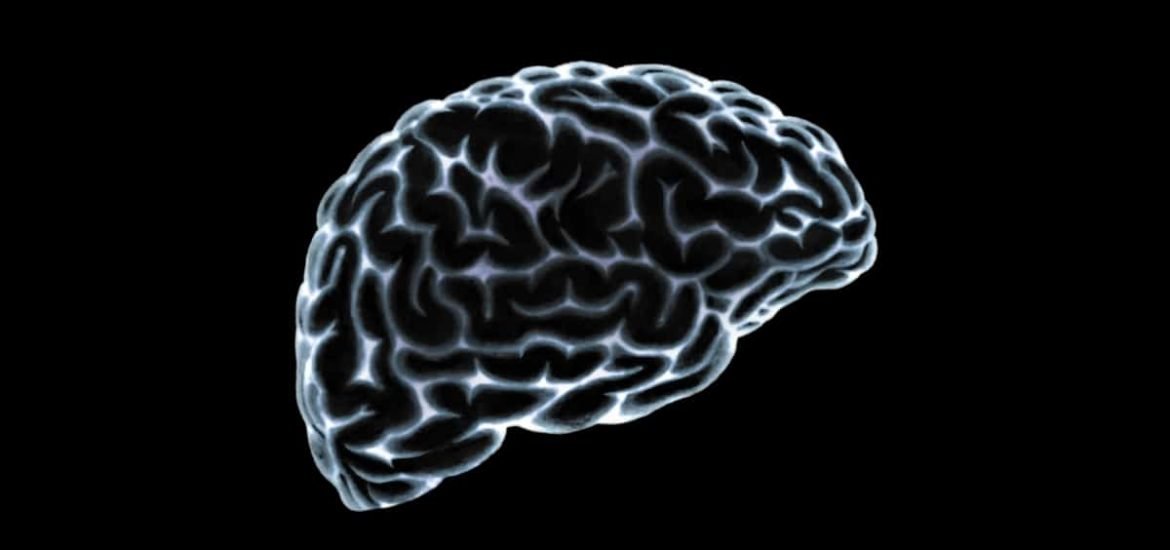
In a new paper published on 17 April in Nature, researchers describe an artificial perfusion system called BrainEx that can restore certain structural and functional properties in the brain of pigs up to four hours after death (1).
This interesting study challenges the concept of “brain death” — irreversible brain damage resulting in a complete loss of brain function ― which has been a grey area of science and medicine for many years. The current belief is that the mammalian brain is irreversibly damaged just minutes after blood stops circulating.
In the majority of countries, two situations allow for a person to be declared legally dead: irreversible loss of all brain function (brain death) or irreversible loss of all circulatory function (circulatory death).
The researchers from Yale University developed the BrainEx system to determine whether certain brain functions can, in fact, be restored ― at least partially ― after a prolonged post-mortem interval (the time that has elapsed since death). The system consists of a computerized network of pumps, heaters, and filters that control the flow and temperature of a proprietary perfusate.
Some brain function restored in pigs, but not all
To test their system, the scientists removed 24 pig brains and connected them to the system four hours after the pigs were killed and found that pulsatile-perfusion device can restore and maintain circulation, and even keep some cells alive in the brain.
However, they could not detect any neural activity, thought to be requisite for consciousness, and the system only restored circulation to small blood vessels and capillaries but not to major arteries. Moreover, the experiment was ended after six hours, so the scientists are uncertain how long the system would be able to sustain these functions.
Nevertheless, the new findings suggest that under certain conditions the mammalian brain may possess the ability to restore itself — in particular, microcirculation and molecular and cellular activity — several hours after death. The new technology could not only help researchers develop novel therapies for brain injuries but could be used for future studies on the large intact mammalian brain.
However, as Nature highlights, the study could also exacerbate existing tensions in the medical field as it raises a number of ethical questions that have long been the subject of debate. Including how long should paramedics try to resuscitate? This currently falls under various guidelines in Europe and elsewhere.
When to call it quits
Bioethicists and medical practitioners often raise concerns that patients are placed on organ recovery systems too soon ― there are currently large differences between countries as to which practices are morally and legally acceptable. For example, the extracorporeal membrane oxygenation (ECMO) system used in Europe restricts blood flow to the brain. Many argue that in some cases brain function could potentially be recovered.
The researchers are far from being able to restore brain function in “brain dead” people. But techniques like this could mean patients will one day become candidates for brain resuscitation instead of organ donation. Thus, making it harder to find the organs needed for transplantation.
So, when is it appropriate to switch from trying to save someone’s life to trying to save their organs for transplant? The question is complex and it seems there may not be a clear answer anytime in the near future.
(1) Vrselja, Z. et al. Restoration of brain circulation and cellular functions hours post-mortem. Nature (2019). DOI: 10.1038/s41586-019-1099-1